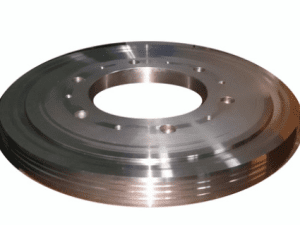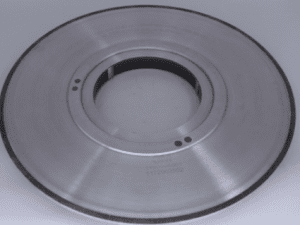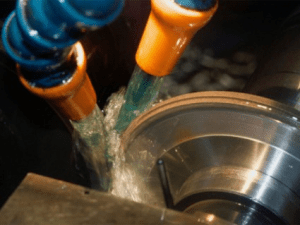




|
Products |
Dimension | Linear Speed | Roughness |
| Cut-off wheel | 210*3/18*90*6 | 50-80 m/s |
None |
|
260*3/18*90*6 |
|||
|
300*3/18*35*6 |
|||
|
350*2.7*35*5 |
|||
|
Cutting wheel |
400*23.6/3*228.8*3 |
100-125 m/s |
|
|
Groove wheel |
380*(20-35)*160 |
100-150 m/s |
Ra0.8-1.6 |
|
Valve head Grinding wheel |
380*(40-45)*160 |
100-130 m/s |
Ra1.6 |
|
Grinding wheel |
380*(25-30)*160 |
||
|
Chamfering grinding wheel |
380*(20-30)*160 |
||
|
Chamfering Grinding wheel |
500*(30-40)*160 |
120-140 m/s |
|
|
Calibration wheel |
500*(30-45)*304.8 |
150-180 m/s |
Rz10 |
|
Calibration wheel |
400/500*(25-35)*203 |
120-150 m/s |
Ra1.6 |